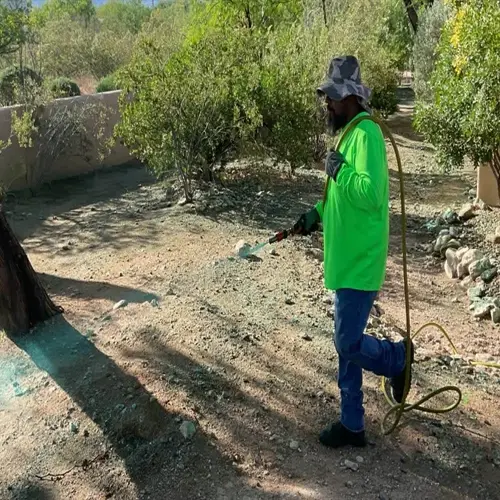What causes seedlings to die suddenly?

Written by
Julia Anderson
Reviewed by
Prof. Samuel Fitzgerald, Ph.D.Sudden seedling collapse is usually caused by damping-off disease of soil fungi such as Pythium and Rhizoctonia. These fungi attack the stem at the soil line, resulting in the wilting of the stem and its eventual collapse. Excess water in the soil and lack of air movement furnish the optimum conditions for these destructive infections. If the early signs, such as water-soaked stems, are detected, the unaffected seedlings can be salvaged.
Soil & Container Preparation
- Sterilize containers with bleach solution (1:9 ratio) before reuse
- Use pasteurized potting mix instead of garden soil to avoid pathogens
- Ensure drainage holes prevent water accumulation around roots
Water & Humidity Control
- Bottom-water trays to keep foliage dry and reduce fungal spread
- Maintain 70-80% humidity using ventilated domes or humidity tents
- Water only when soil surface dries to prevent constant moisture
Natural Fungicide Applications
- Apply cinnamon powder to soil surface as antifungal barrier
- Use chamomile tea spray (2 bags per quart) weekly for prevention
- Introduce beneficial microbes through compost tea applications
Besides damping-off, other factors causing loss of seedlings are improperly balanced elements in soils and environmental stress. Overfertilization burns young roots, while a lack of light produces long, leggy, weak stems. I lost an entire tray of peppers once due to cold drafts coming in from a nearby window. Steady temperature and suitable feeding can help avoid such losses, which can be easily prevented.
Rescue methods may save struggling seedlings. To minimize the spread of disease, remove affected plants immediately. Apply a hydrogen peroxide solution (1 tablespoon per cup of water) to disinfect remaining seedlings. Trim damaged roots from surviving seedlings and replant them in fresh sterile medium. These efforts saved 80 percent of my basil starts last spring.
Strong genetics are required for building resilient seedlings. Select disease-resistant varieties labeled as \"damping-off tolerant.\" Pre-germinate seeds with the paper-towel method to avoid early, susceptible soil contact. Gradually harden off seedlings over the next 7 days before trans planting outdoors. These practices result in vigorous plants resistant to environmental stress.
Read the full article: 6 Plant Growth Stages Explained Simply

